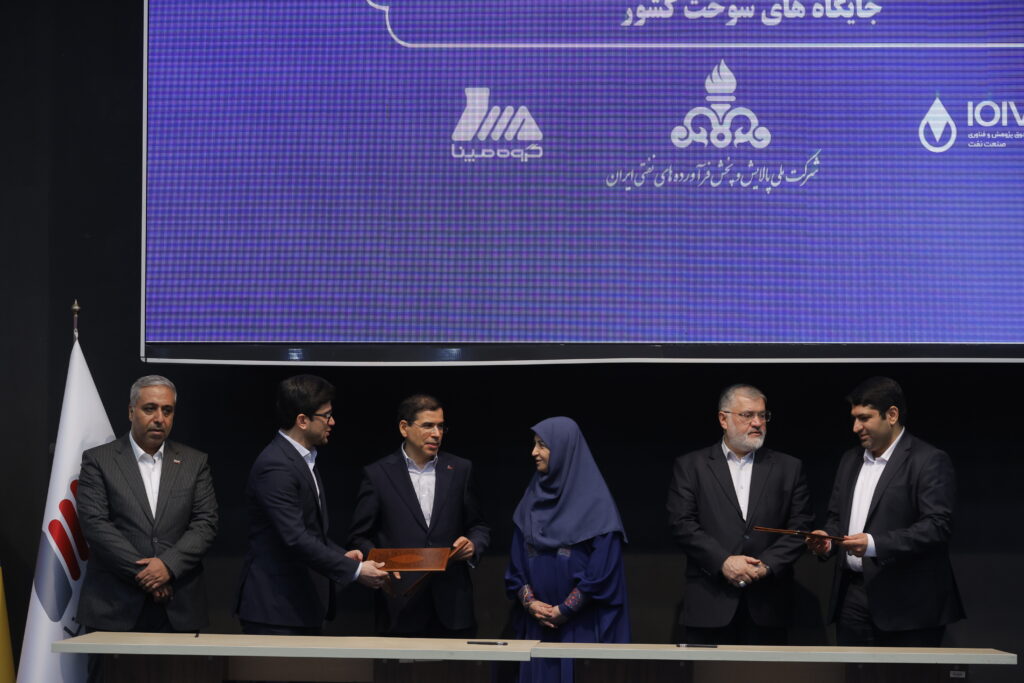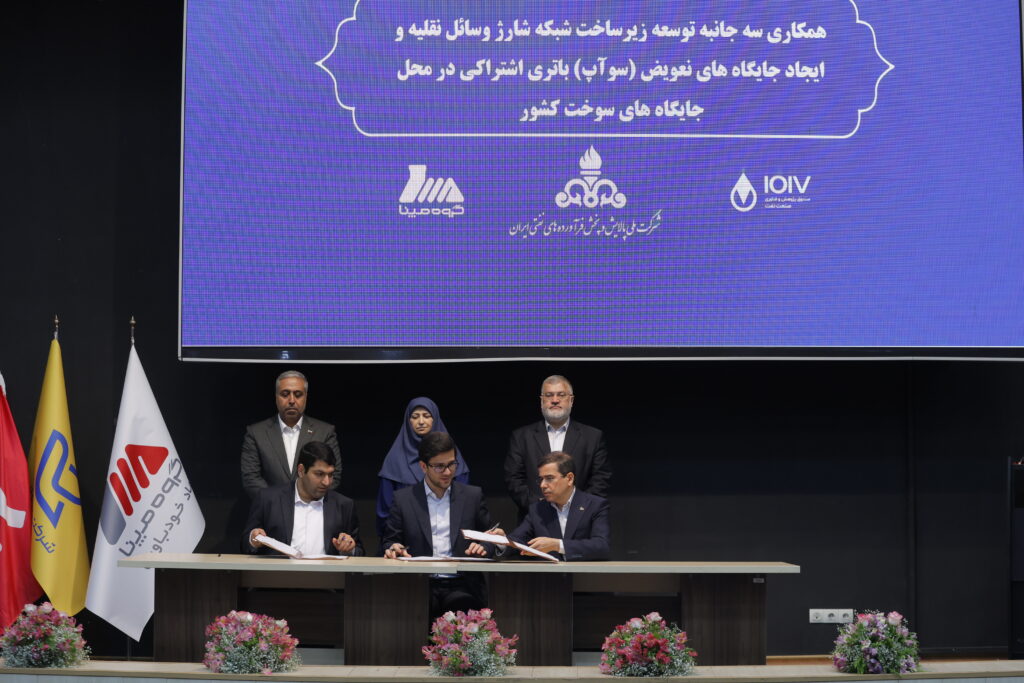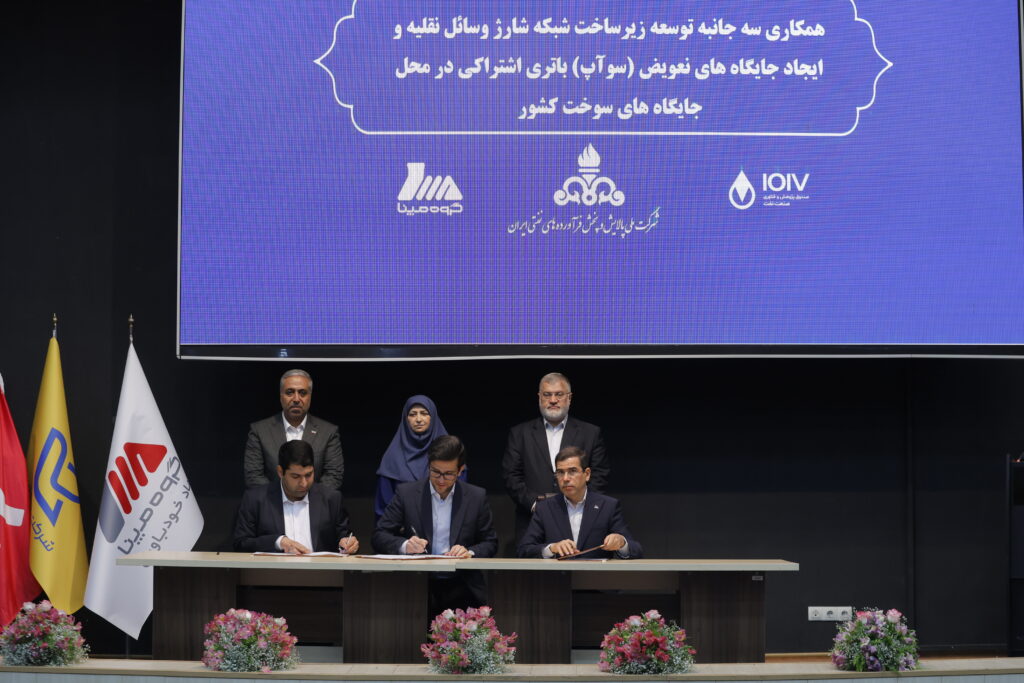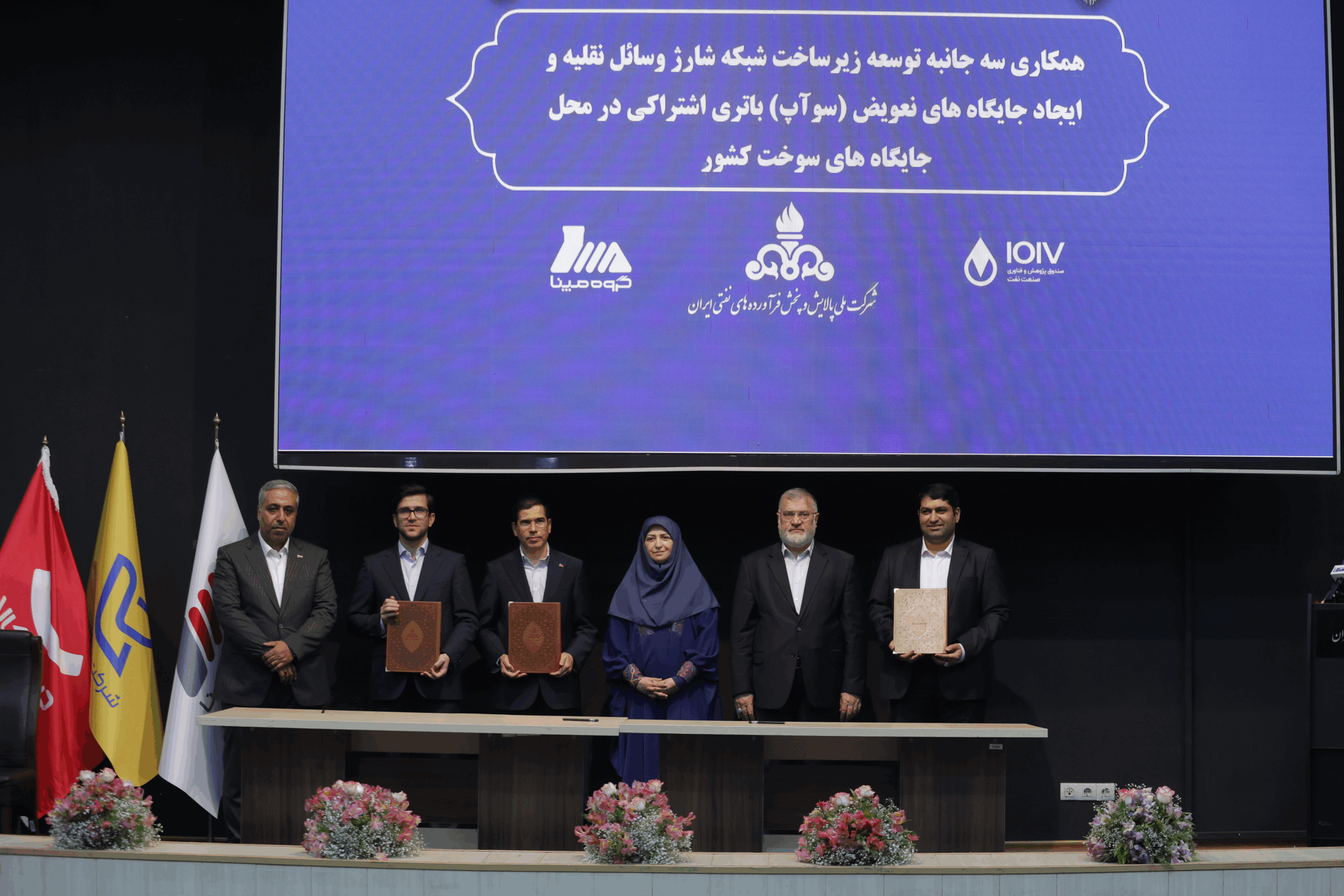The memorandum of understanding was signed during the second day of the 29th Iran Oil, Gas, Refining & Petrochemical Exhibition, with the participation of Tehran’s governor and the head of the Department of Environment.
Under the deal, MAPNA is tasked with prioritising the installation of electric chargers at selected fuel stations. The company will draw on domestic production capacity, technical know-how and localisation to fulfil the role.
The Oil Industry Research and Technology Fund will support financing and promote public acceptance of electric mobility. Meanwhile, the National Iranian Oil Refining and Distribution Company (NIORDC) will streamline the legal and regulatory framework to facilitate the shift.
MAPNA already operates a charging network under the brand “Sharinet”, with over 221 chargers across 82 public stations nationwide.
The system supports real-time monitoring and maintains a mean error reaction time of under two hours. Its largest station, with 5 MW capacity at Tehran’s Be’sat terminal, can charge up to 40 buses or 80 cars simultaneously.
In terms of production, MAPNA is capable of making over 50,000 AC chargers and 5,000 DC chargers annually. More than 70 % of its components are locally manufactured.
The company offers over 30 different models to accommodate both domestic and imported electric vehicles.
The MoU envisions upgrading 1,000 selected petrol stations this year (March 2025 – March 2026) with charging equipment, leveraging existing infrastructure such as industrial power, space and strategic location.
In the longer term, over the next three years, more than 3,000 fuel stations are expected to be gradually retrofitted.
Plans also include a focus on provinces lagging behind and cooperation with municipalities and power distribution companies to ensure a stable electricity supply.
On the digital side, Sharinet uses predictive consumption algorithms, peak-load management and remote smart control. A management dashboard with open APIs will allow integration with municipal systems, power utilities and transportation fleets.
Officials describe the agreement as a milestone in Iran’s transport electrification efforts. It is closely aligned with recent policies requiring all new petrol stations to include at least one EV charging point.
The tripartite framework seeks to accelerate the adoption of electric vehicles, reduce emissions and build a modern energy infrastructure by linking policy, finance and technical capacity.
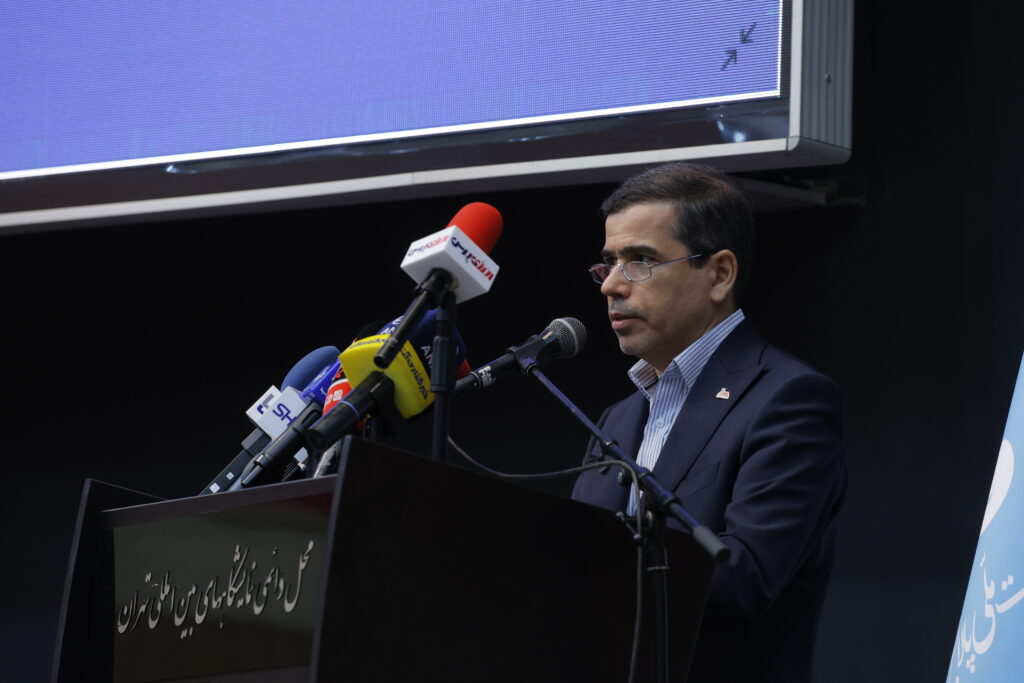
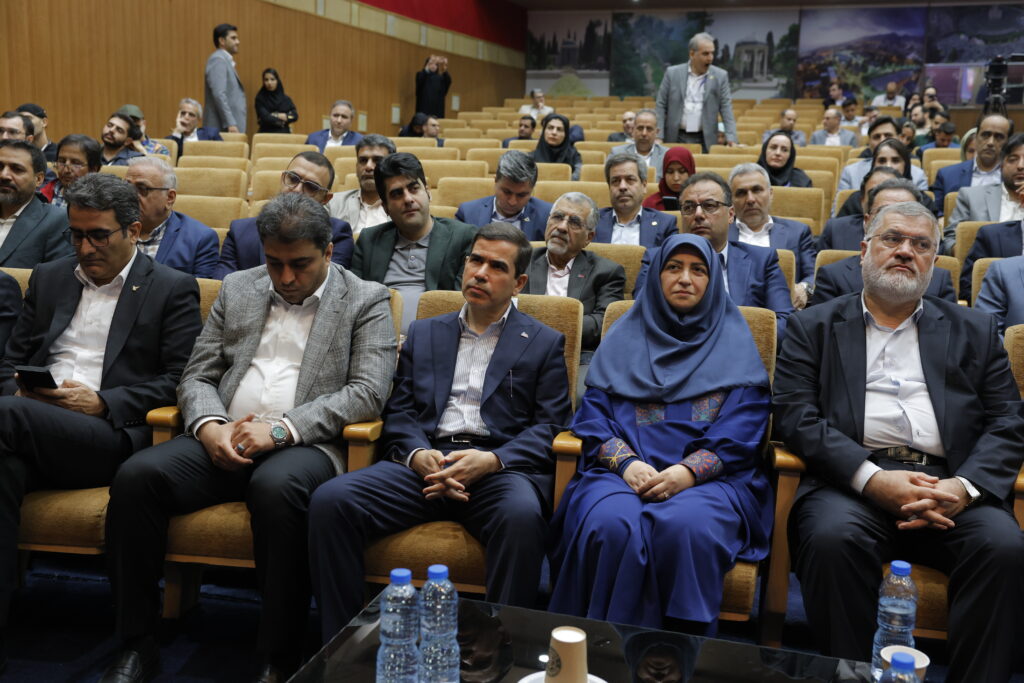
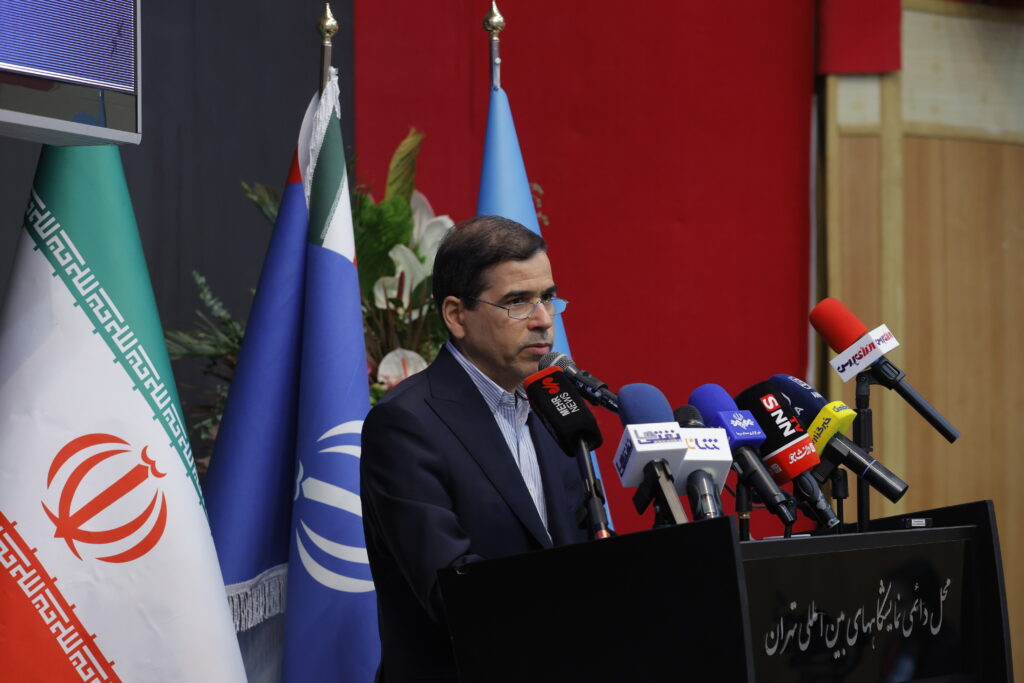
EVs are becoming more popular globally, but they are still relatively new to the Iranian market. Like in other parts of the world, there are several challenges to the growth of the EV market in Iran, including the need for diverse technological developments in power equipment, electric motors, control systems, and batteries. However, one of the biggest concerns is the development of the necessary infrastructure for recharging these vehicles.
To address this issue, MAPNA Group has undertaken a mission that involves producing EV conversion kits and building electric vehicle charging stations (EVCSs). MAPNA launched Iran’s first EV charging station back in May 2019 in the capital Tehran.
